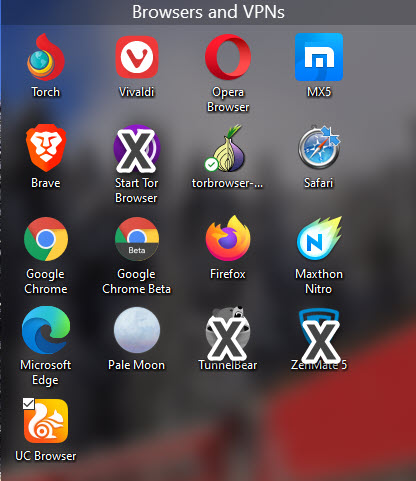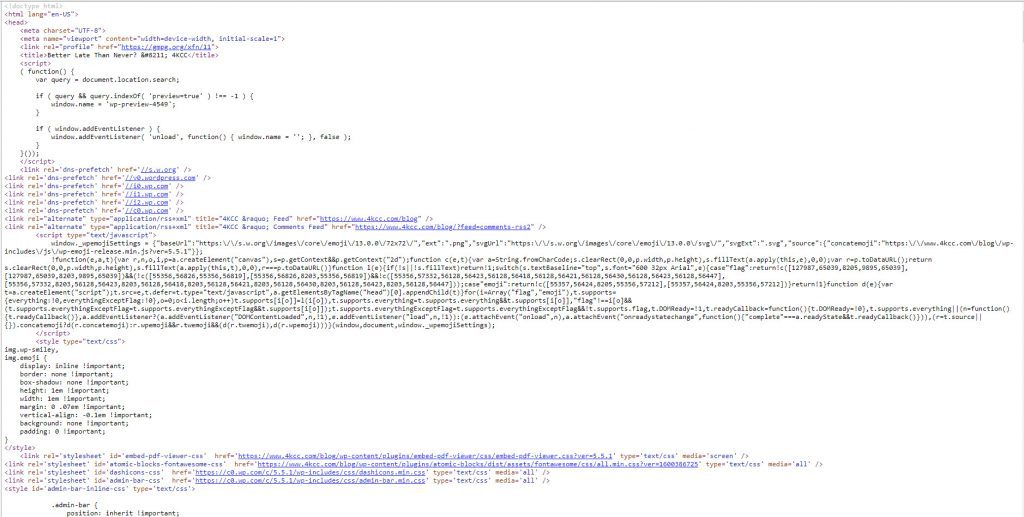
This is our second post this month about terminology. (The first was “Speak The Language.”) Today, we’re going to just focus on one term – browser.
Whenever we deal with people on the phone or in Remote Technical Support, THE most confusing term for them seems to be the word “browser.” Let’s see if we can’t end this befuddlement.
The picture above is a screenshot of my browser and VPN icons on my desktop. The three icons with the X over them are VPNs. All the rest are browsers! That means I have 14 browsers on my computer! (Notice none of them are labeled “Yahoo.”) While it’s not necessary (or even recommended) that you have 14 browsers on your device, it’s important that you understand the term.
Definition: a browser is software that turns the code used to write web pages into something useable for the viewer. I’ve actually shared this two years ago in the post “What????” Still, people continue to not understand the term; thus, my repetition in this post.
Here’s what a webpage actually looks like:
A browser turns all that code into this:

Without browser software, none of us would be using the web.
There are tons of browsers. Did you notice that Internet Explorer (IE) is not one of the browsers I’m using? No one should be using IE as it is no longer secure. Microsoft Edge is the replacement for IE.
Here’s the list of the ones I use (pictured at the top in the first image) with the “usually-used” ⭐ browsers first:
- Microsoft Edge
- Google Chrome
- Firefox
- Opera
- Safari
- Brave
- Google Chrome Beta
- Maxthon Nitro
- MX5
- Pale Moon
- Torbrowser
- Torch
- UC Browser
- Vivaldi
In conclusion, Yahoo, Google, Xfinity and MSN are not browsers – they are websites and/or companies. By the way, your default browser is the browser which opens when you click on a link (in an email, for example). It is possible to change the default browser but that’s a future video on our YouTube Channel.

